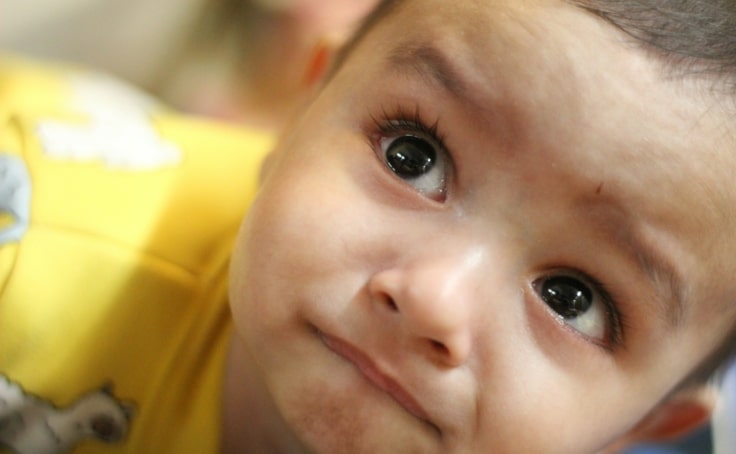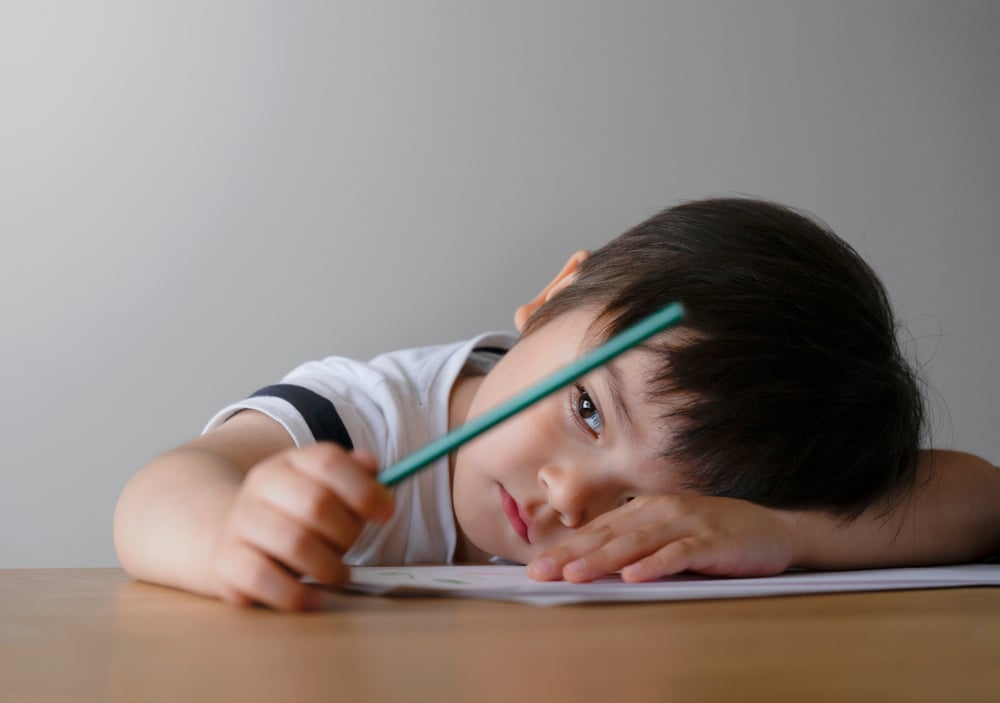How Early Can Mental Health Challenges Begin?


Noelle Hause is the Senior Professional Development (PD) Manager, Infant and Early Childhood Mental Health, for ZERO TO THREE’s…
Understanding Infant and Early Childhood Mental Health
Infant and Early Childhood Mental Health is defined as a child’s capacity to form secure relationships, experience and regulate emotions, and explore and learn from their environment, all within the context of family, culture, and community. When we use this framework, we understand that mental health concerns can emerge even in infancy and toddlerhood.
These concerns often appear when developmental expectations are not met or when certain behaviors are persistent, pervasive, and intense—such as frequent and prolonged reactions to transitions that go beyond what is typical for the child’s age.
Early Signs to Notice
In the first three years, early signs of mental health concerns are often about patterns rather than isolated behaviors.
Some examples include:
Relational and emotional signs: Difficulty forming attachments (such as not seeking comfort from caregivers), limited eye contact or social engagement, persistent irritability or inconsolable crying, lack of interest in people or surroundings, and difficulty calming even with caregiver support.
Behavioral and regulatory concerns: Extreme reactions to transitions or separation beyond what is typical for age, prolonged or frequent tantrums, intense or frequent aggression such as biting and hitting, and sleep or feeding difficulties not explained by medical causes.
Developmental and communication delays: Regression in language or motor abilities, limited use of gestures or words, lack of curiosity or exploration, and repetitive or rigid play patterns.
Sensory and physical indicators: Unusual sensitivity to sensory input such as sounds or textures, floppy or stiff muscle tone, and delayed motor milestones like sitting, crawling, or walking.
The important thing to remember is that these concerns are not about one-off moments but about persistent patterns that disrupt connection, regulation, or development. When educators notice such ongoing struggles it can be helpful to observe, reflect, and, when appropriate, partner with families and early childhood mental health professionals to explore next steps.
Talking With Families
Bringing up mental health concerns with families requires both sensitivity and partnership. A strengths-based approach is essential: start by highlighting the child’s joys, capabilities, and moments of connection before raising any concerns. Then frame what you are seeing as something to explore together. For example, you might say, “I have noticed that transitions are really tough for Maya. I am curious what you are seeing at home.”
It also helps to normalize the conversation by reminding parents that all young children communicate through behavior, and that noticing patterns early helps us better support their growth. Culturally responsive practice matters here too.
When appropriate, you can link families to screening tools and professional supports, such as:
ASQ:SE-2 (Ages & Stages Questionnaires: Social-Emotional, Second Edition) — often used by pediatricians to assess social-emotional development.
M-CHAT-R/F (Modified Checklist for Autism in Toddlers, Revised with Follow-Up) — a tool to screen for autism spectrum disorder in young children.
The American Academy of Pediatrics recommends developmental and behavioral health screening at every well-child visit from birth through adolescence, which can help guide next steps.
Families bring their own caregiving traditions, languages, and comfort strategies, so asking rather than assuming is a key part of respectful dialogue.
Noelle Hause
Resources for Educators
For educators, staying grounded in professional learning and reflection is essential.
Key resources include:
Center for Early Childhood Mental Health Consultation: Offers free toolkits and resources tailored to educators.
Circle of Security Classroom Approach: Provides strategies for building relationship-based practices in group care settings.
Harvard Center on the Developing Child: Makes cutting-edge research accessible.
Alliance for the Advancement of Infant Mental Health: Offers training and the widely recognized IMH-Endorsement for professional development or credentialing.
Program for Infant/Toddler Care (PITC): Supports culturally responsive practice.
Brazelton Touchpoints: Focuses on partnering with families around developmental transitions.
DC:0–5 Training: Provides a clinical diagnostic framework for early childhood professionals.
Infant Mental Health Journal: A valuable resource for those deeply invested in research and practice.
Mental health in the earliest years is about connection, regulation, and exploration. When we notice persistent patterns of struggle, we can partner with families in a collaborative and strengths-based way, using culturally responsive practices and evidence-based tools. For educators, leaning on trusted resources and reflective practice helps sustain both their own well-being and the emotional health of the children they serve.


